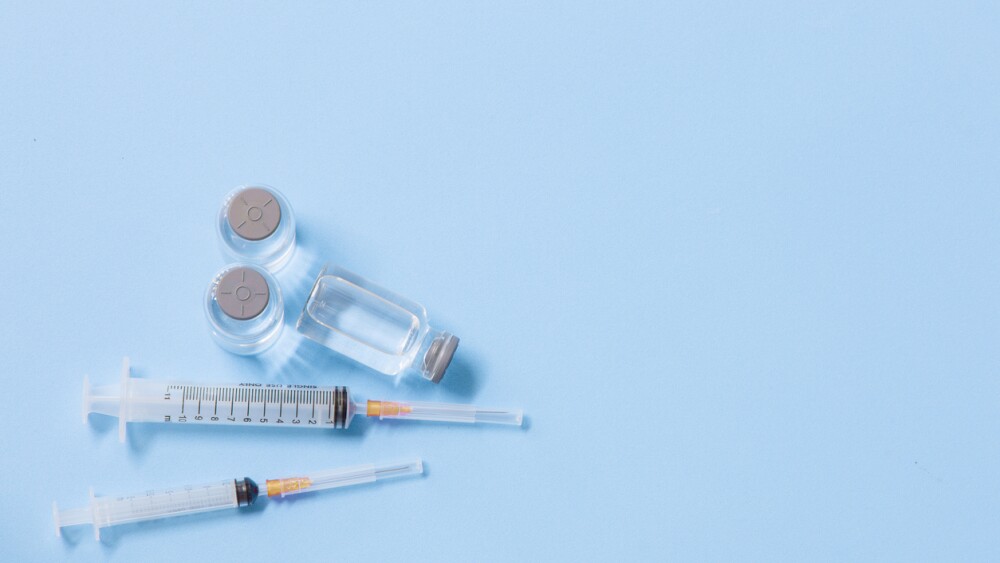No Patient Left Behind says that drug value assessments used in countries like Canada and Germany undervalue innovative medicines by 90% and mislead U.S. policymakers into thinking Americans are overpaying.
What is a drug worth? In a world of patchwork regulatory and market dynamics, it depends where you are. And at the moment, everyone seems to think there is something wrong with drug prices.
President Donald Trump is said to be considering another attempt at a Most Favored Nations rule, which would set U.S. drug pricing in line with other countries where medicines are cheaper. But across the pond, European pharmas are fighting to have drug prices increased to better support innovation.
A new report from No Patient Left Behind (NPLB) attempts to explain the pharma side of the equation with an evaluation of the value assessments that non-U.S. nations go through to figure out how much they will pay for a drug. NPLB argues that these assessments in countries outside the U.S. “significantly underestimate the true societal benefits of innovative medicines.” It’s similar to the argument the CEOs of Sanofi and Novartis made in a letter to the European Union last week.
NPLB says that such foreign health technology assessments (HTAs), particularly those used in Canada and Germany where data was available, undervalue medicines by 90%. “When high-income foreign countries use traditional HTA as a bargaining tool to deny coverage and/or secure lower prices, they free ride on the R&D investments made outside their countries and reduce patient access to novel medicines in their own countries,” the report read.
These value assessments give U.S. policy and lawmakers the false impression that a market-based system is “broken.” But this system is what “fuels” biopharma innovation, NPLB said.
Typically, HTAs have used what NPLB calls “outdated” willingness-to-pay thresholds that tend to be built on “flawed” quality-adjusted life years. NPLB argues that these calculations do not adequately factor in benefits beyond those to the patient. “[T]hey ignore that new medicines not only benefit patients, but also their family members and society at large by enabling faster return to work, therefore increasing taxes paid and disability allowances not paid,” the report said.
The assessments also do not consider ease of administration, which may allow a patient to skip a hospital visit, travel costs and increased adherence.
Another problem is that these assessments typically set one price and stick with it, rather than following the curve of the exclusivity period, NPLB said. Rarely does a drug stay one price throughout its lifetime as a brand name drug.
As an alternative, NPLB put forth a different method called the Generalized Cost-Effectiveness Analysis (GCEA), which was developed by a panel of health economists. The report stated that this model creates a more comprehensive estimate of how a treatment can benefit society. NPLB used this model to determine that treatments are undervalued by 90%.
The report analyzed 10 medicines to compare pricing from the different models, without providing names of the therapies. One cystic fibrosis drug should be priced at $422,292, according to the GCEA, but Canada recommends a price of $25,542. Meanwhile, a cardiovascular drug valued at $7,819 in the GCEA model has price recommendations of $911 in Canada and $1,022 in Germany. And an obesity drug that Canada prices at $1,589 should actually cost $44,312.
“These flawed assessments used in foreign countries demonstrate how those agencies care more about the government budget than value to society as a whole,” NPLB said. Medicines that do not adhere to the value assessments made by these countries can be blocked or delayed from entering.
“Each of the 10 drugs in our analysis was initially developed and approved in the U.S. where market-based pricing system played an important role in incentivizing research into new innovation,” the report explained. “The political effect is that these underestimations of value and lower prices outside the U.S. have been used to argue that Americans are paying more than they should truly be willing to pay.”
NPLB called foreign nations’ reliance on the outdated models “an excuse to pay less” said it is misleading U.S. policymakers. Fewer new medicines are reaching nations with these pricing policies after launching in the U.S.
“Our analyses showed that a good case can be made that the U.S.’s patent-based, market-based competitive framework is working reasonably well, despite an imperfect insurance system, to bring about affordable biomedical innovation that benefits not only U.S. citizens, but everyone worldwide,” the report concludes. “Should U.S. policymakers impose foreign price controls on novel medicines in a misguided effort to spare U.S. payers from perceived ‘overpaying’, they would be undermining innovation that would be cost-effective for the U.S. and beneficial globally.”






